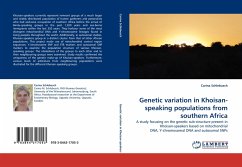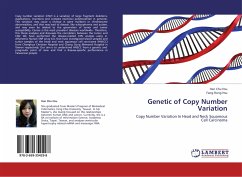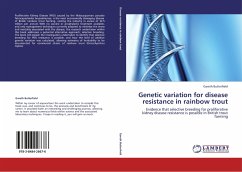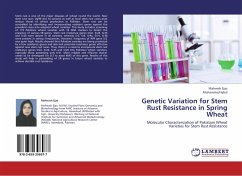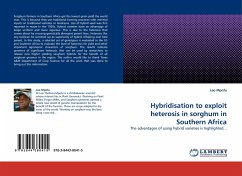Khoisan-speakers currently represent remnant groups of a much larger and widely distributed population of hunter gatherers and pastoralists who had exclusive occupation of southern Africa before the arrival of Bantu-speaking groups in the past 1,200 years and sea-borne immigrants within the last 350 years. They harbour some of the most divergent mitochondrial DNA and Y-chromosome lineages found in living peoples throughout the world. Additionally, in autosomal studies, Khoisan-speakers group in a distinct cluster from that of other African populations. This project made use of mitochondrial control region sequences, Y-chromosome SNP and STR markers and autosomal SNP markers to examine the population structure of various Khoisan-speaking groups. The relatedness of the groups to each other and to their neighbouring groups were examined. Study results confirmed the uniqueness of the genetic make-up of Khoisan-speakers. Furthermore, various levels of admixture from neighbouring populations were illustrated for the different Khoisan-speaking groups.

